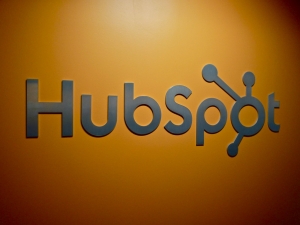Learn Forex Trading for Free: The foreign‑exchange (forex) market moves more than $7 trillion a day, and retail traders can participate with nothing more than a laptop and an internet connection. Yet the same low barriers to entry that make forex appealing also expose beginners to unnecessary risk. Fortunately, a growing ecosystem of free, high‑quality educational resources allows you to build a solid foundation before ever risking real money. 1. Start with a structured curriculum. The School of Pipsology at BabyPips remains the gold standard for zero‑cost, beginner‑friendly education. Its step‑by‑step lessons, quizzes, and glossaries walk you from basic terminology through risk management and trading psychology, making it an ideal first port of call. babypips.com Because the course is self‑paced, you can revisit modules whenever you need a refresher. 2. Leverage broker academies and live webinars. Reputable U.S.‑regulated brokers compete for clients by offering complimentary video libraries, weekly webinars, and market outlooks. ForexBrokers.com's 2025 survey lists dozens of firms that bundle in‑house education—ranging from platform tutorials to live trading sessions—without charging a cent. forexbrokers.com While broker content can be promotional, it helps you master the specific tools you'll actually use to place trades. 3. Audit massive open online courses (MOOCs). Universities and industry professionals publish forex syllabi on platforms such as Coursera, where most courses can be audited for free if you skip the certificate. coursera.org For shorter, hands‑on tutorials, Udemy hosts regularly updated free classes that cover chart patterns, indicator setups, and money management. udemy.com Combining academic theory with practitioner insight gives you a balanced perspective. 4. Read independent primers and research. Investopedia's rankings of the best online forex classes highlight both cost‑free and premium paths; their reviews are updated multiple times each year and include pros, cons, and prerequisite knowledge. investopedia.com Complement articles like these with reputable blogs, central‑bank publications, and economic calendars to stay informed about macro drivers. 5. Practice in a risk‑free environment. Knowledge without execution produces little. Download a demo account on MetaTrader 4 or 5—or the broker's proprietary platform—and trade virtual currency in real‑time conditions. Track every position in a journal that records the setup, emotional state, and outcome. When your demo equity curve shows consistent discipline over several months, begin live trading with micro‑lot position sizes to minimize downside. 6. Join communities and iterate. Public forums, Discord servers, and Reddit's r/Forex can accelerate learning through peer feedback—just remember that anyone can post, so verify claims before acting. Treat trading as a career: write a rule‑based plan, set daily study goals, and review performance weekly. Consistency, not shortcuts, turns free knowledge into lasting skill. Final thought. You do not need an expensive mentoring program to break into forex. By combining structured courses, broker resources, MOOCs, independent research, and disciplined practice, you can climb the learning curve at zero financial cost. Stay curious, record every insight, and remember that capital preservation always comes before capital growth. With the right mindset, the market becomes a classroom that never closes.





